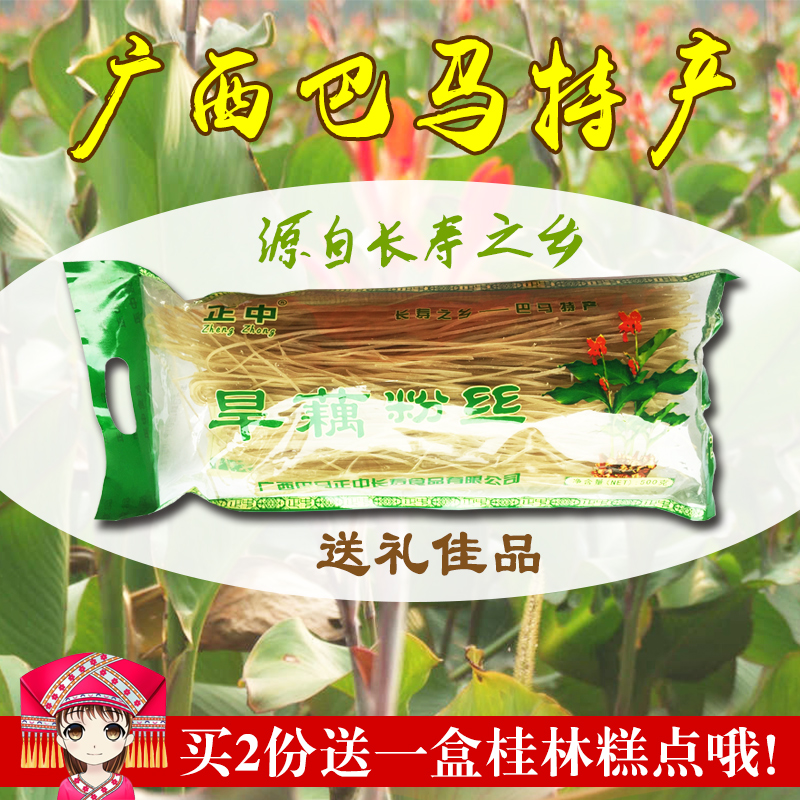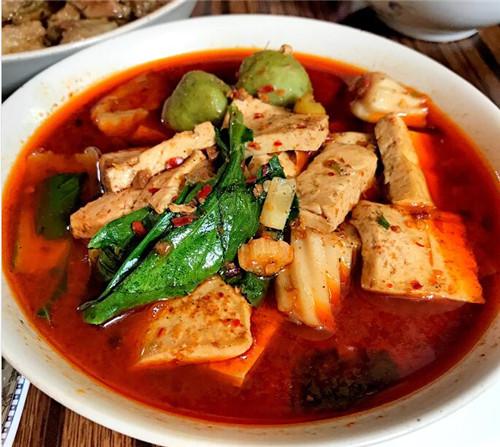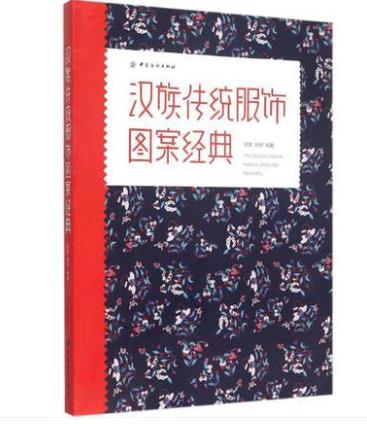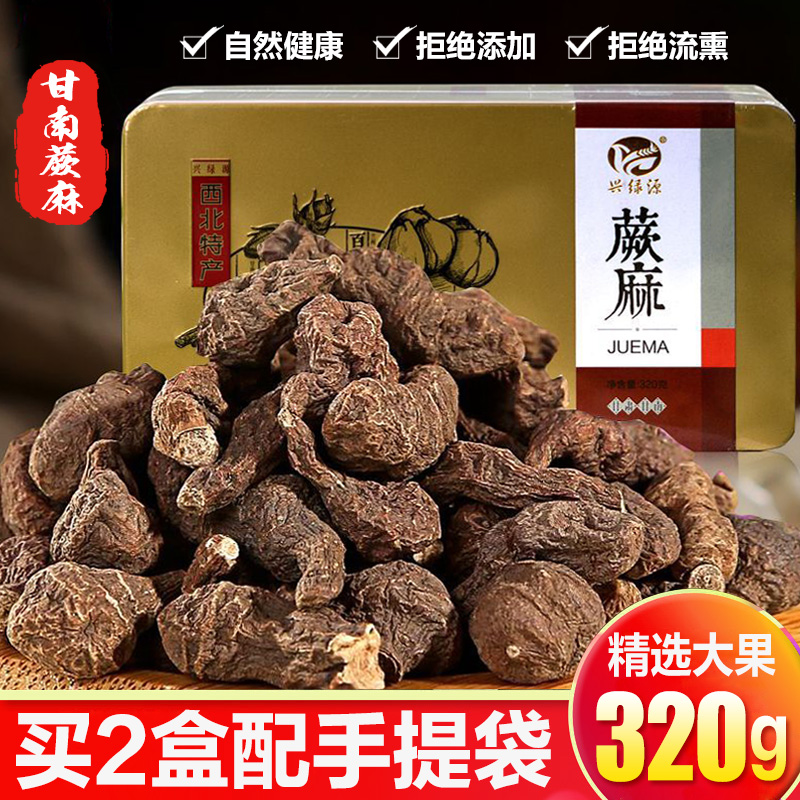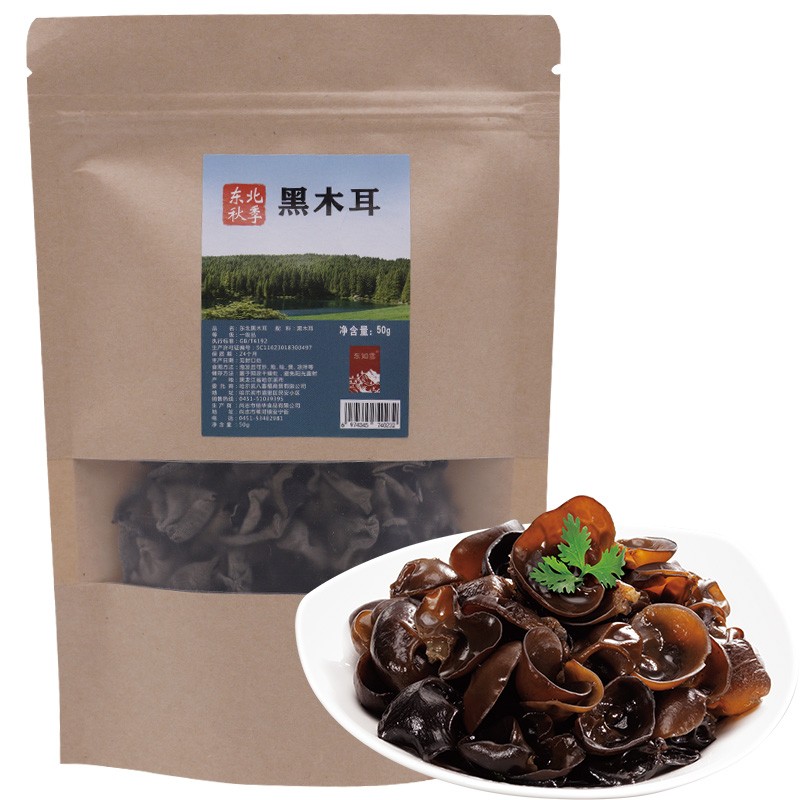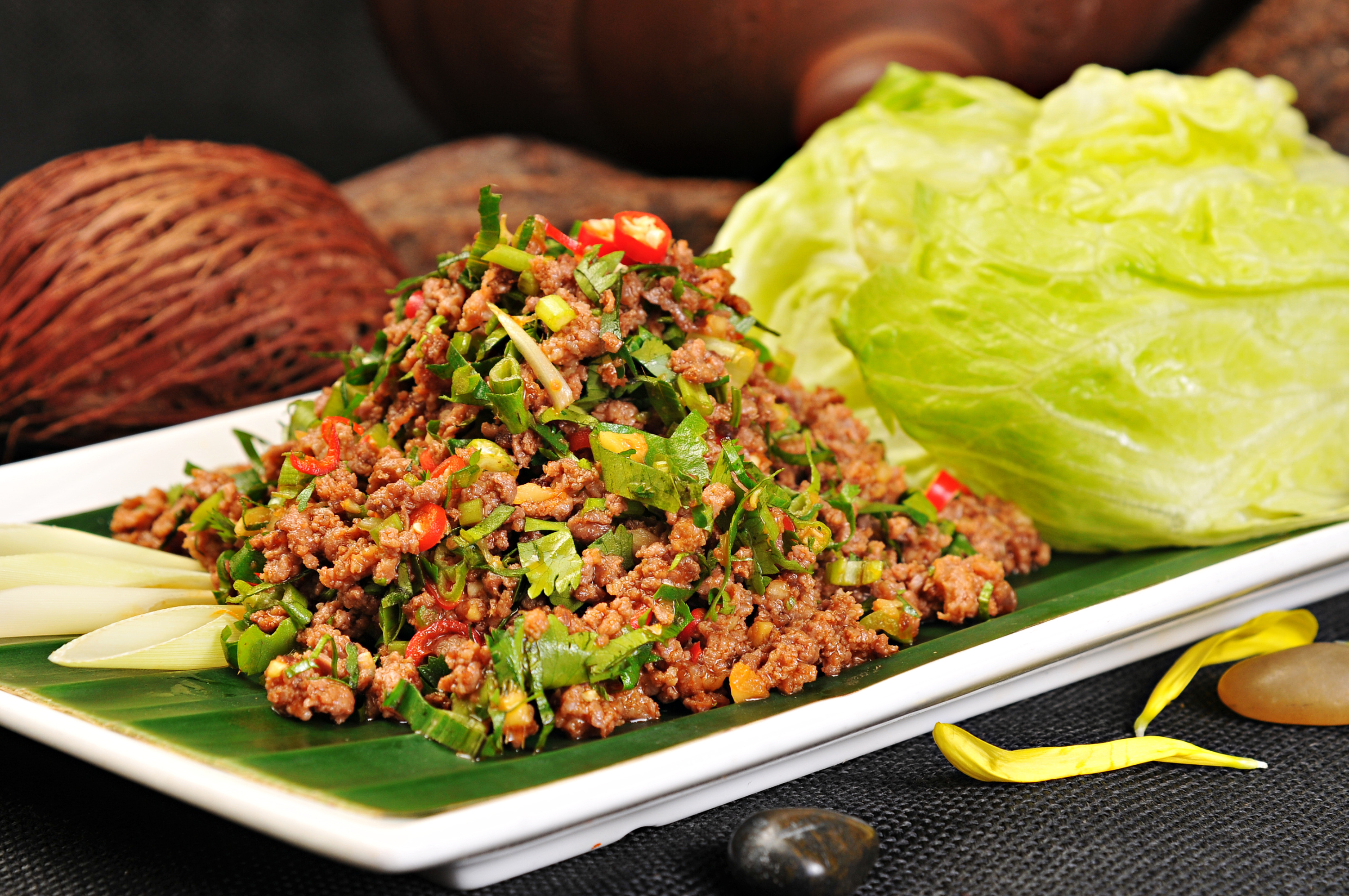一、英语翻译关于地方特色的单词有哪些呢
地方特色的英文表达:
local characteristics
local features
local specialties
unique features
二、请问当地有哪些旅游特色英语
请问当地有那些旅游特色?
英语:
Excuse me, what is special for the local touring
三、出现了具有地方特色的种类英语
该句翻译为:species with local characteristics have emerged
species:种;物种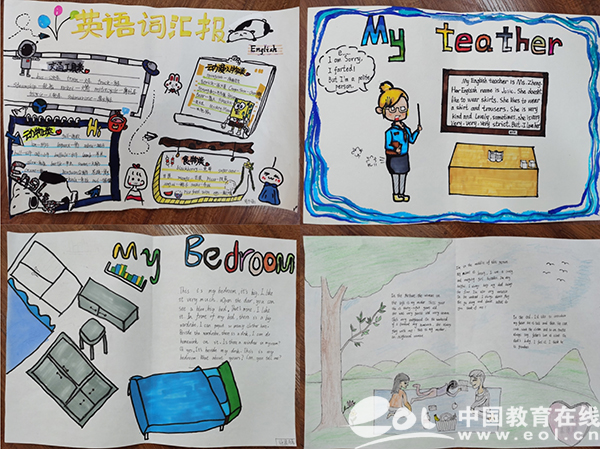 local:地方的。characteristic:特点;特征;品质。emerged:出现(emerge的过去分词和过去式)。with:具有。
local:地方的。characteristic:特点;特征;品质。emerged:出现(emerge的过去分词和过去式)。with:具有。
其中我补充一点关于with的一些用法:
1、同, 与, 和, 跟:talk with a friend 与朋友谈话
2、表示使用的工具, 手段:defend the motherland with one s life 用生命保卫祖国;
dig with a pick 用镐挖掘;cut meat with a knife 用刀割肉
3、说明名词, 表示事物的附属部分或所具有的性质]具有; 带有; 加上; 包括...在内:
tea with sugar 加糖的茶水;a country with a long history 历史悠久的国家
4、表示一致]在...一边, 与...一致; 拥护, 有利于:vote with sb. 投票赞成某人
with的复合结构作独立主格,表示伴随情况时,既可用分词的独立结构,也可用with的复合结构:with +名词(代词)+现在分词/过去分词/形容词/副词/不定式/介词短语。He stood there, his hand raised. = He stood there, with his hand raise.他举手着站在那儿。
5、[表示随身携带]在...身边:Have you some money with you ? 你(身上)带钱了吗?
6、[后面加复合宾语, 表示伴随关系]:walk with a stick in one s hand 手拿拐棍走路
7、[表示原因 条件, 结果, 让步等关系]由于, 因为; 当(有)...情况下; 如果有; 虽然, 尽管:
jump with joy 高兴得跳起来
8、[与副词连用, 构成祈使句]:On with your shoes! 穿上鞋!
四、介绍家乡的特色(山西的),简单一点儿,用英文
Chinese New Year customs vary. According to legend, the beast was afraid because of the red , fear of fire and fear of sound, so people will have couplets, firecrackers , drums and other customs. Different times and in different regions, different ethnic customs are different. Year to hang red lanterns Laba : eighth lunar month , is Han Chinese traditional festival Laba Festival , as the "New Year " is coming signals. Traditionally, this day to drink rice porridge , making Laba garlic . Jizao , is a small year to send the Kitchen God . Worship , allay , burning incense , burning candles , hanging lanterns. Paying respects to ancestors , grave. With grapefruit leaves to take a bath. Cleaning. In general Nianba , ie New Year 2-3 days , that date should clean up the house , greet the Spring Festival . Cantonese slang called "year Nianba , wash dirty ." Paste scrolls , scrolls , paintings , but also posted some rural grilles . Subsidizing the word blessing : just literate children will say " blessing down ," big people say " did not fall ," stubborn child will say " down ! Blessing down ," so to speak on behalf of LEO , very lucky . Stay up : the legendary if children stay up , then president of their parents age . Some places sell lazy customs, namely, " to sell lazy" , for example, put the dough on a chair , called the kids get on, stick butt , a symbol of reading will not leave the seat . Fireworks ( fireworks ) . Fireworks . Each New Year . Some traditional southern China is the first day juniors to seniors at the New Year, usually back to the groom . Two days then back to the woman home New Year, starting the year , the beginning of three , usually do not go out New Year , because red mouth , so I hope to avoid a dispute altercation with people easily , if not friends with each other Happy New Year , it will continue at the beginning of four . Red envelopes ( lucky money ) . Stilts . Buy New Year flowers . Drums . Family reunion. Study and work away from people who want to go home with their parents , along with the New Year. See the Spring Festival , the beginning of three does not fear family return New Year , Hong Kong customs. Beginning of the third , also known as red mouth , the traditional New Year people try not to others , avoidance of altercation. In Hong Kong, many believers will pray to Che Kung Temple in Sha Tin , around the windmill , Yiyu turn out good luck and pray for the new year good luck , young and old peace. No shoes . Guangdong folk customs, means lunar month should buy shoes ( because " shoes" and Cantonese "Oh " sound similar ) . Auspicious words . During the Spring Festival , the public meeting shall say congratulations words . For example: Kung Hei Fat Choy , every year more than , peace, and rise higher and higher , good luck . No knife . Chinese mainland some rural and urban , with New Year's Day three days without knife or scissors customs. Do not bathe , do not clean . Some traditions , New Year's Day can not take a bath or wash your hair , it can not clean , so wash away or sweep away the luck. The old and welcome . Purchase some new clothes . Early in welcoming the God of Wealth , Wealth legend will send blessing in this world where . This activity is very popular in southern China since the 1990s , some cities fireworks and firecrackers fifth morning scale of no less than New Year's
五、用英语最高级和比较级描写一个地方的特色
形容词比较级和最高级绝大多数形容词有三种形式,原级,比较级和最高级, 以表示形容词说明的性质在程度上的不同。形容词的原级: 形容词的原级形式就是词典中出现的形容词的原形 例如: poor tall great glad bad形容词的比较级和最高级: 形容词的比较级和最高级形式是在形容词的原级形式的基础上变化的 分为规则变化和不规则变化。规则变化如下:1) 单音节形容词的比较级和最高级形式是在词尾加 -er 和 -est 构成。great (原级) (比较级) (最高级)) 以 -e 结尾的单音节形容词的比较级和最高级是在词尾加 -r 和 -st 构成。wide (原级) (比较级) (最高级))少数以-y, -er, -ow, -ble结尾的双音节形容词的比较级和最高级是在词尾加-er 和-est 构成。clever(原级) (比较级) (最高级)) 以 -y 结尾,但 -y 前是辅音字母的形容词的比较级和最高级是把 -y 去掉,加上 -ier 和-est 构成.happy (原形) (比较级) (最高级)) 以一个辅音字母结尾其前面的元音字母发短元音的形容词的比较级和最高级是双写该辅音字母然后再加-er和-est。big (原级) (比较级) (最高级)) 双音节和多音节形容词的比较级和最高级需用more 和 most 加在形容词前面来构成。beautiful (原级) (比较级) (比较级)difficult (原级) (最高级) (最高级)常用的不规则变化的形容词的比较级和最高级:原级------比较级------最高级good------better------bestmany------more------most much------more------most bad------worse------worst far------farther, further------farthest, furthest形容词前如加 less 和 least 则表示和important 重要 less important 较不重要 least important 最不重要形容词比较级的用法:形容词的比较级用于两个人或事物的比较,其结构形式如下:主语+谓语(系动词)+ 形容词比较级+than+ 对比成分 也就是, 含有形容词比较级的主句+than+从句。注意从句常常省去意义上和主句相同的部分, 而只剩下对比的成分。Our teacher is we are. 我们老师的个子比我们的高。顺便提一下,我现在学的ABC天卞口语的老师和我提到,就是要学好英语是轻松的。一定具有恰当的学习情境和闇练口语对象 外教水平很重要 发音纯正才行,坚持天天口语交流 1v1加强化教学就有.好.的学习成效..上完课记得复习听取录音文档,更可以加深印象..若真的是没人帮忙的情况,最好能上旺旺或大耳朵取得课外学习资料练习,多说多练一下子英语水平就培养起来,学习成长应该可以最佳的 It is today than it was yesterday. 今天的天气比昨天暖和。 Ts picture is than that one. 这张照片比那张照片漂亮。 Ts meeting is than that one. 这次会议不如那次会议重要。 The sun is than the moon. 太阳比月亮大得多。 形容词最高级的用法: 形容词最高级用于两个以上的人和物进行比较, 其结构形式为: 主语+谓语(系动词)+the+形容词最高级+名词+表示范围的短语或从句。 She is student her class. 她是上最好的学生。 Shanghai is one of cities Cna. 上海是中国最大之一。Ts is apple I have ever met. 这是我见到的最大的苹果。Tom is boy in s basketball team. 汤姆是他们篮球队中个子最高的孩子。







